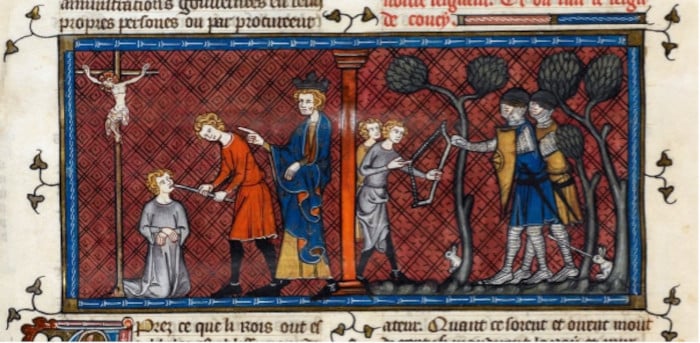🔴 Website 👉 https://u-s-news.com/
Telegram 👉 https://t.me/usnewscom_channel
Medieval crimes ranged from the familiar—like theft and murder—to the distinctly unusual. One particularly notable crime was the violation of forest laws, which were instituted by King William after the Norman Conquest. These laws reserved vast areas for royal hunting and severely restricted activities like hunting, woodcutting, and even gathering food within these territories. The penalties were harsh; for example, killing the king’s deer could result in castration or blinding.
Another crime was scandalum magnatum, a law aimed at preventing gossip about the nobility. This law, largely used to control political dissent, stood in stark contrast to the lesser offense of being a “scold”—a person, often a woman, who was constantly grumpy or verbally abusive. Punishments for scolding were relatively mild compared to those for scandalum magnatum, but the offense still reflects the period’s focus on social order.
Other unusual crimes included “knation,” which involved wandering aimlessly at night, raising suspicions of ill intent. Sumptuary laws also dictated what people could wear based on their social status, with strict rules for attire that included prohibitions on certain fashions for commoners.
These laws highlight how medieval society sought to maintain a strict social hierarchy, using the legal system to reinforce class distinctions and control behaviors that threatened the established order.
Top image: Detail of a two-part miniature of the punishment for a blasphemer, and of children being caught in a forest at Coucy. Image taken from f. 420v of Chroniques de France ou de St Denis. Source: British Library / Public Domain
